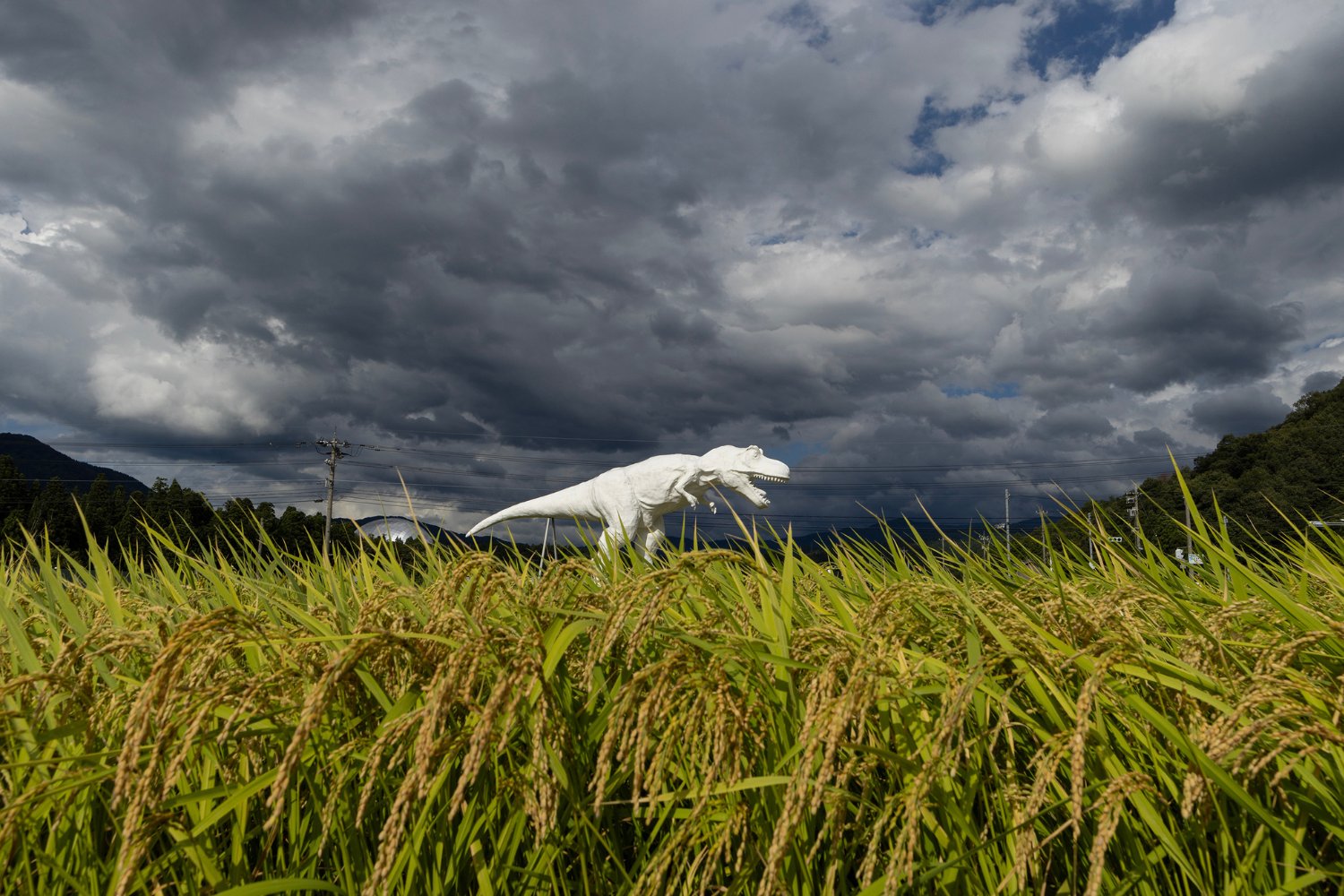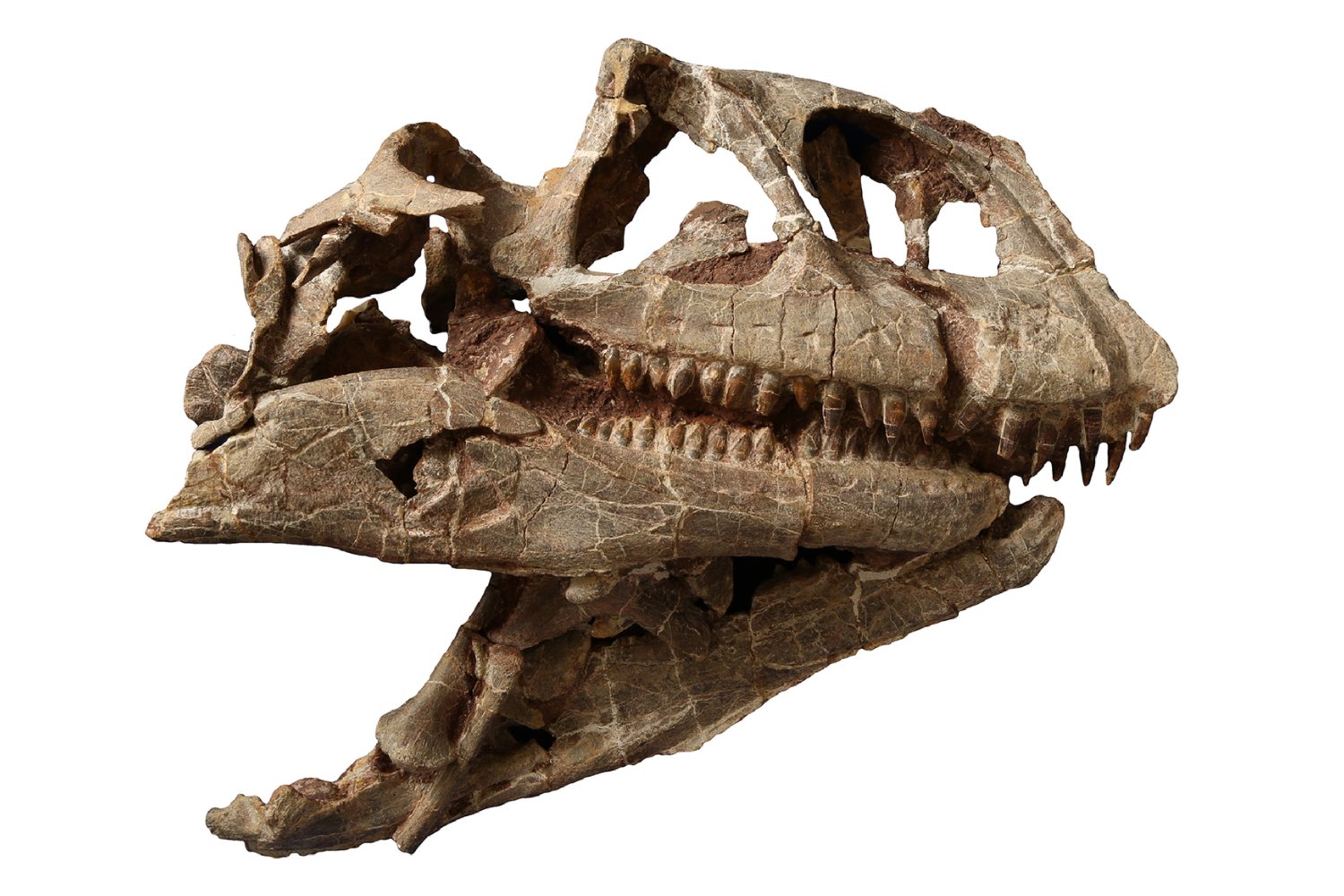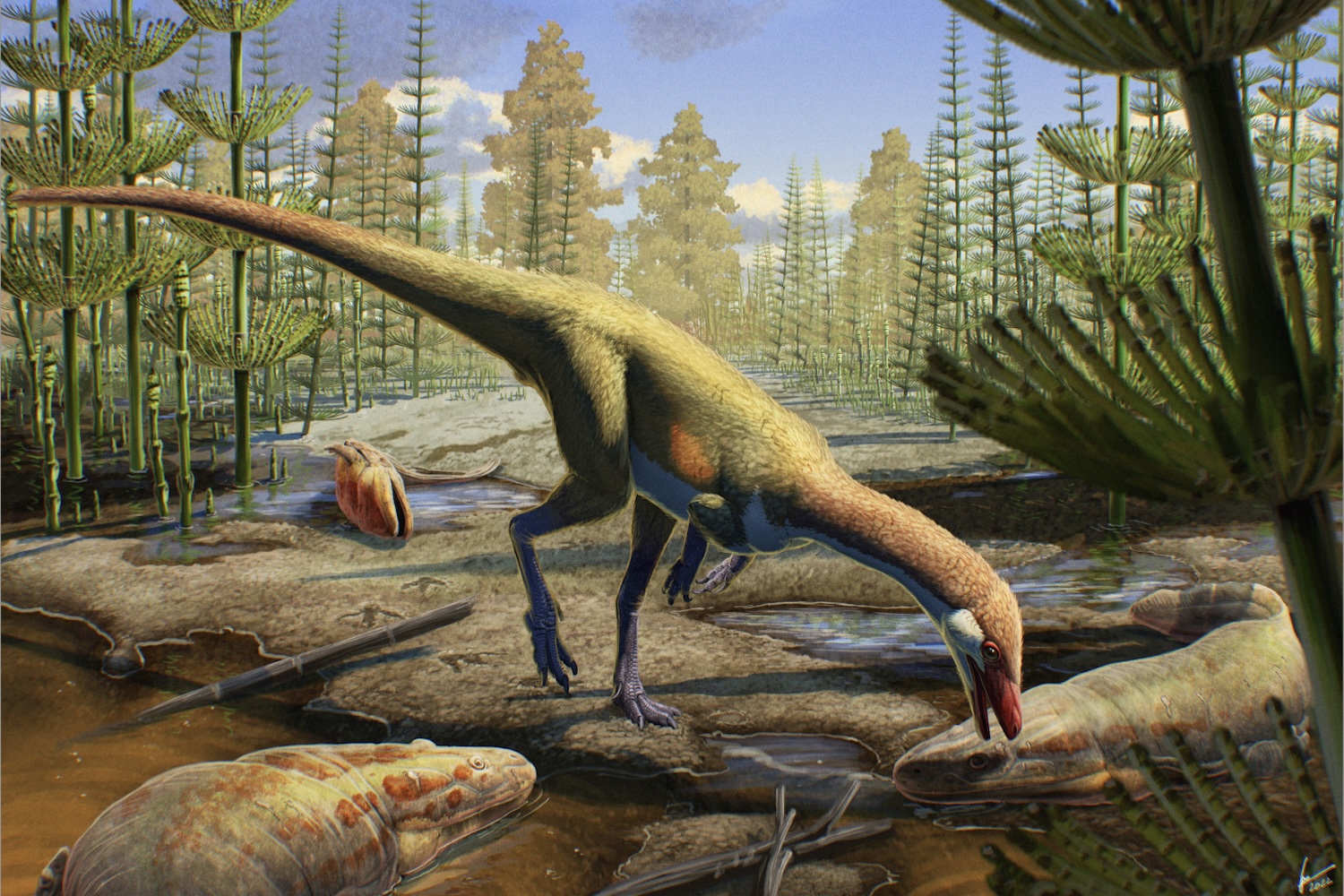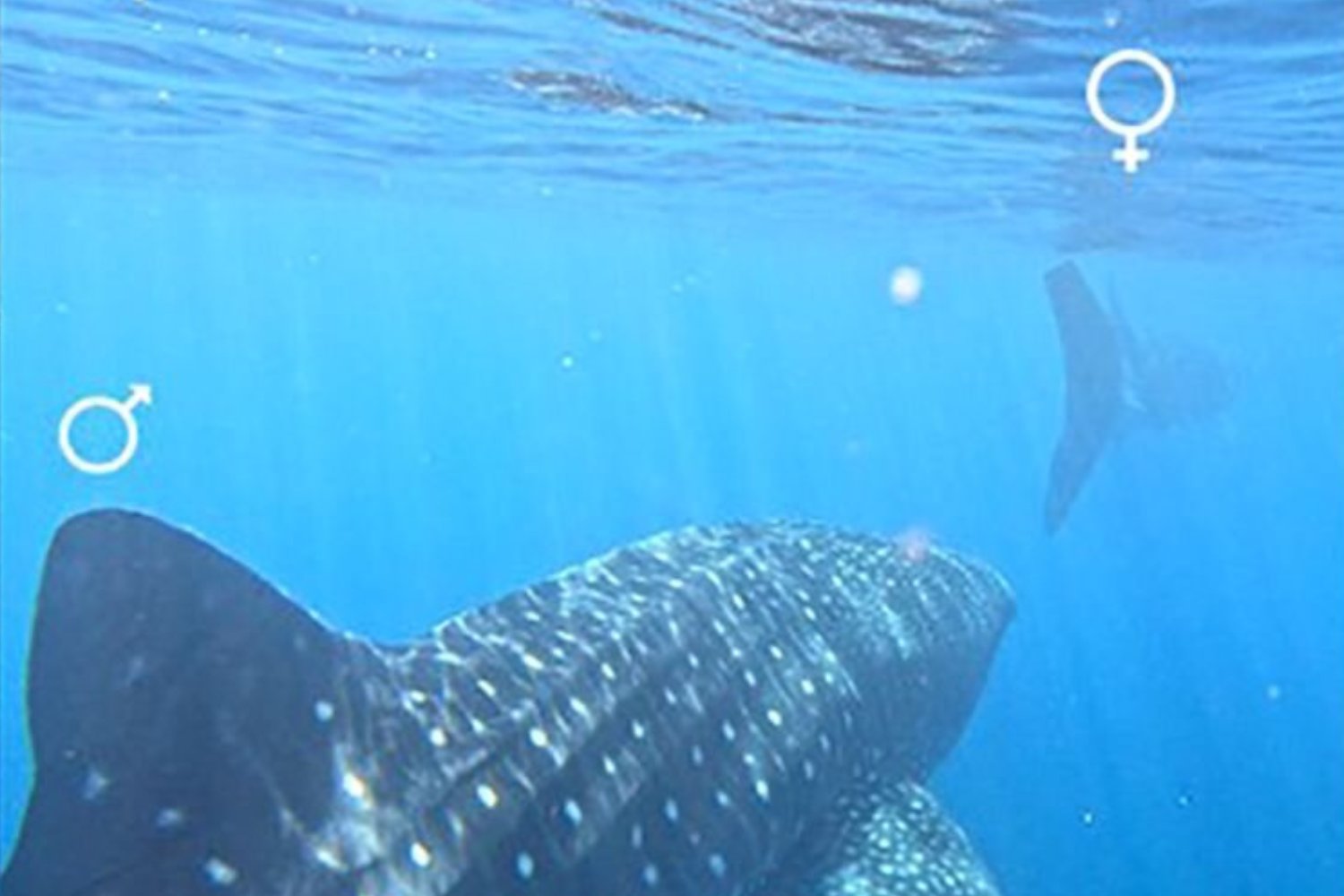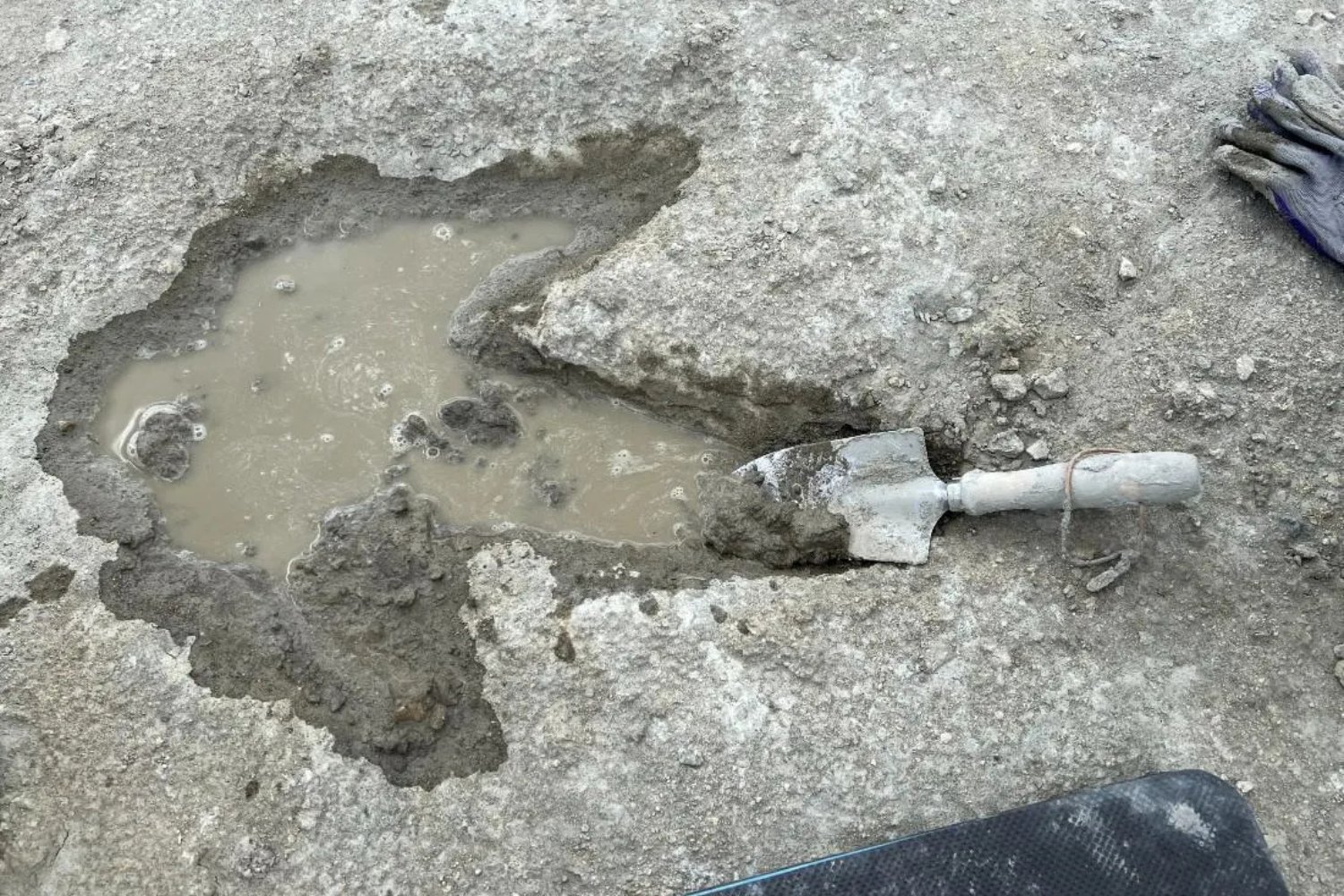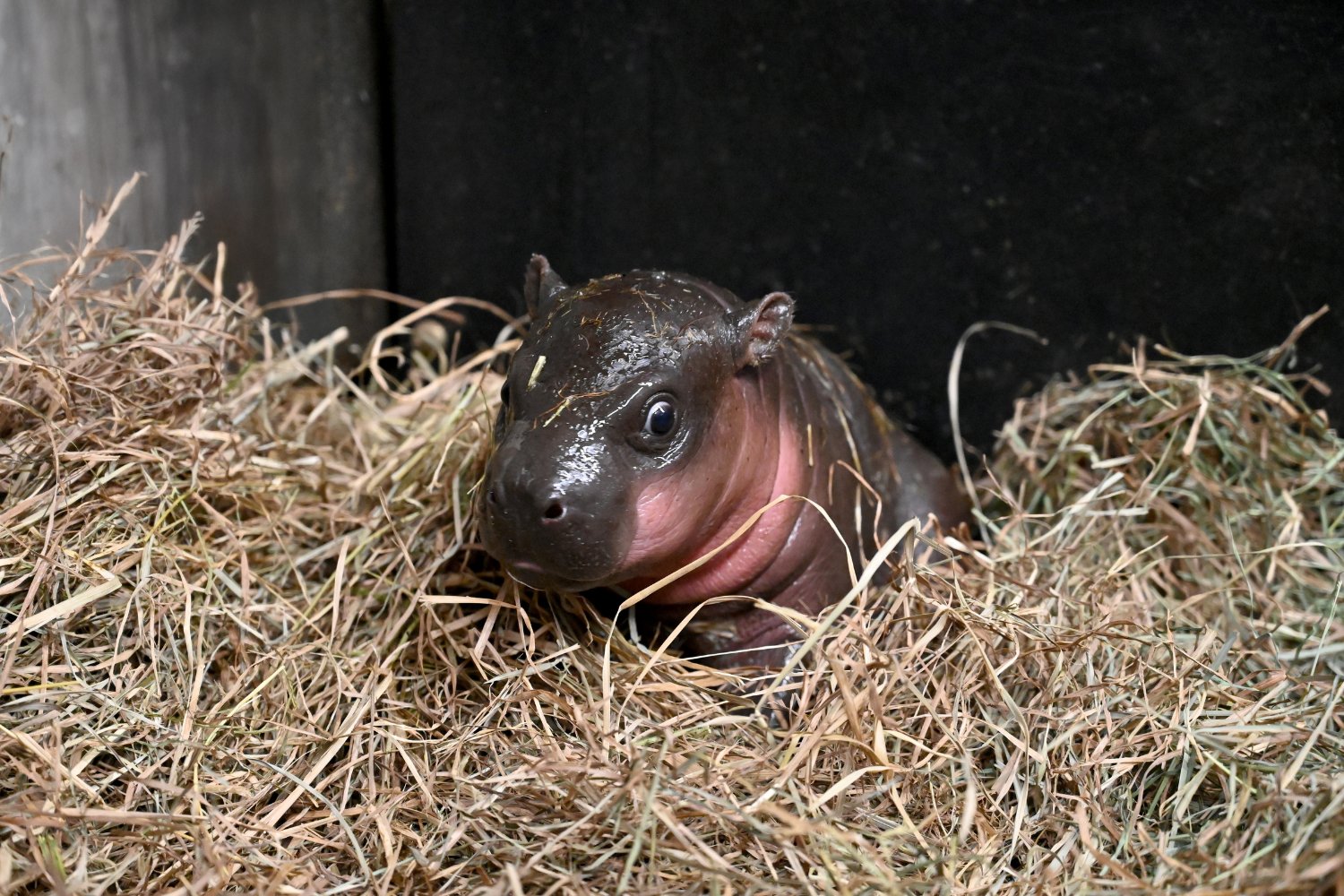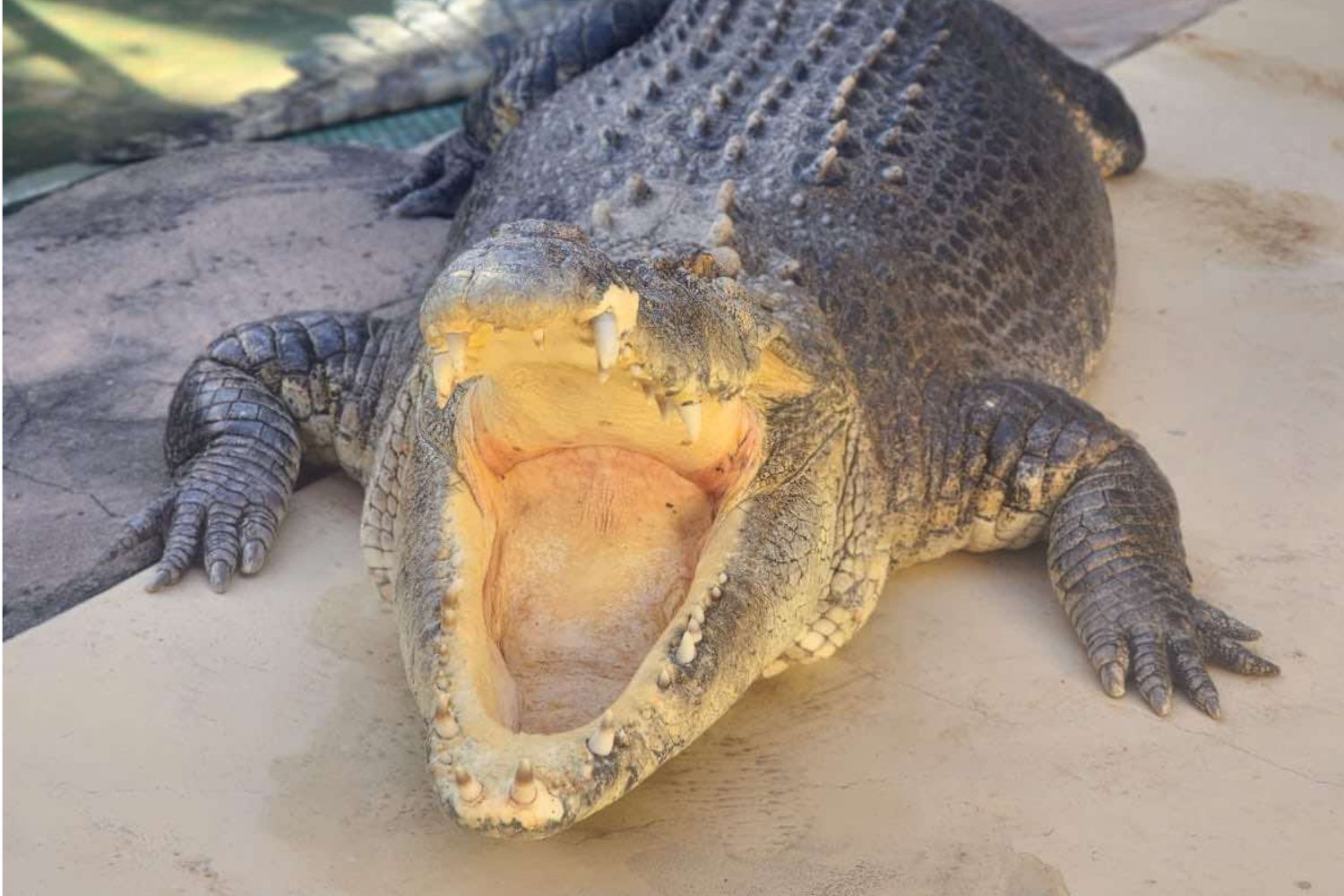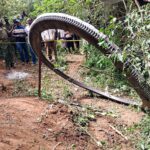Earth’s fossil record is rich, a reflection of the multi-billion-year history of life on our planet. But the story it tells is inherently fragmentary; only a small percentage of animals that live are preserved as fossils, and only a small percentage of that percentage has been found by humans. From there, there is a final hurdle: correctly interpreting the fossil remains and making accurate conclusions about how ancient organisms actually lived and interacted.
This liminal space between life as it happened and life as we’ve concluded it happened is the topic of David Hone’s new book, Uncovering Dinosaur Behavior: What They Did and How We Know. In his concise—but dense—book, Hone sets a new agenda for paleontologists and paleozoologists to follow. That program rebalances the scales in researchers’ approach to studying ancient life, encouraging them to make comparative biological analyses based on the behavior of extant creatures, while urging caution in reaching definitive conclusions.
Errors beget errors, Hone warns, and science communicators owe it to each other and to the public to acknowledge that nothing—not least conclusions about fossilized animals—can be set in stone. Gizmodo recently sat down with Hone to discuss the book; our conversation is below, lightly edited for clarity.
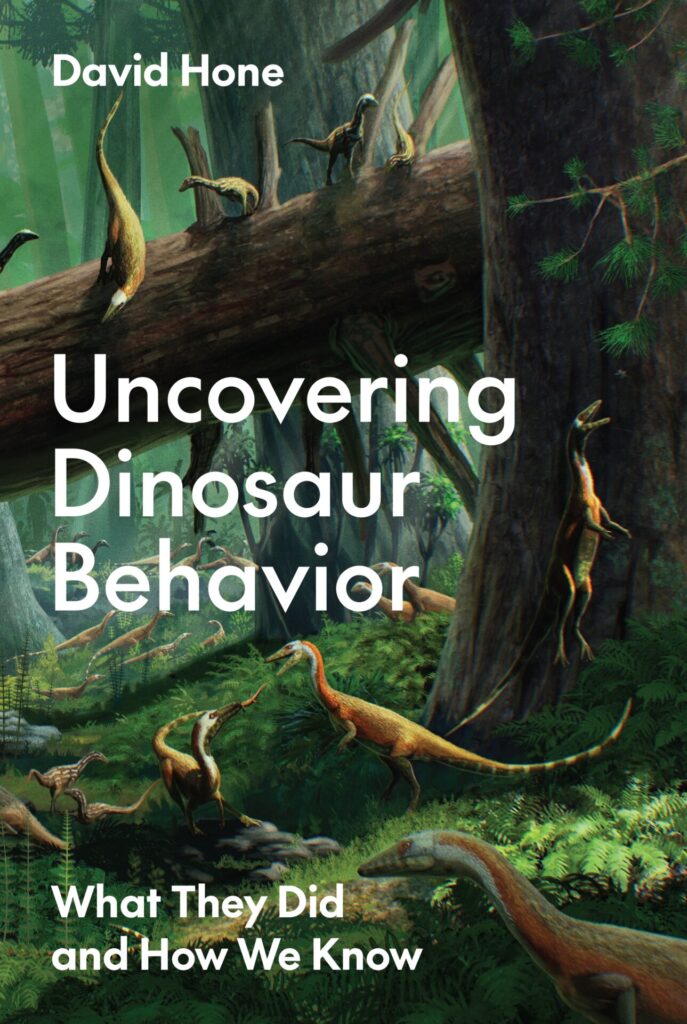
Isaac Schultz, Gizmodo: Something you touch on in the very beginning of the book is that it’s for paleontologists, it’s for biologists, it’s for ethologists. Can you talk just a little bit about the audience that you had in mind for this book and why you decided it needed to be written?
David Hone: My intention had always been that it would be not a truly technical work like a textbook, but that it would be much closer to that than a traditional science book. It’s heavily referenced and it’s at least semi-technical writing. But if you are a dinosaur nerd or you’re prepared for a bit of a heavy read, you can get through it without having to be, you know, a student of biology. I was trying to make it accessible to all sides, which may or may not have been a good idea.
I think we have a problem with paleontologists who don’t know enough biology trying to do this stuff, and then also you do get biologists trying to do paleontology who don’t do enough paleo stuff. They both make mistakes from opposite sides, and obviously I risk sounding like the smug git in the middle who thinks “you’re all idiots and I know what I’m doing.”
But at the same time I have a background in zoology and animal behavior and I moved into paleo, and I do see these problems. I don’t pretend to be a brilliant researcher myself in that context, but I do see where the issues are coming from. As I say in the foreword, the risk is it becomes a book for no one, because the paleontologists think it’s too simple, the ethologists think it’s too complicated, and the general public go: “this is way too above my level to appreciate it.” I’m happy and proud to report that all the people have looked at it so far and said they get it.
Gizmodo: An audience of at least, what, a dozen? Two dozen? If no one else.
Hone: At least three people have said it’s alright. I’ll take that.
Gizmodo: Can you give an example of an area where that conversation breaks down—where there’s a bit of miscommunication or a lack of understanding between biologists and paleontologists when it comes to dinosaurs?
Hone: God, an area where both are conflicting is tricky. Certainly some of the stuff that’s been done with respect to some macro-ecological patterns—in terms of things like predator-prey dynamics. There’s been some papers from the classic ecology side of things, but they’ve completely failed to take into account biases from the fossil record, and taken things at face value. But then there’s also been some stuff on the paleo side of things where [researchers] have an almost overly literal reading of ecological ideas, or even missing them and then going, “hey, I think we solved this because this and this.” And it’s like, well, the ecologists don’t really think that that’s a correlation anymore. Therefore you’re testing an idea that the other side doesn’t think is real. Both sides have missed the point a bit on that one, but even that’s a bit of a stretch. It’s more coming in independently in different areas.
Gizmodo: It does tie into this dichotomy I was drawing from the book, which is this balance between evidence from the fossil record and—we’re talking about dinosaur behavior here—evidence from life that we observe on our planet today. Maybe you can just talk about how you best see that fit, that marriage of approaches.
Hone: You obviously don’t want to end up in a position where you can’t say anything with certainty. There is always going to be some uncertainty with what we say about dinosaurs, because even well-studied animals like lions and elephants do weird things occasionally, or even stuff that is very important to their biology and behavior but is just rare. An animal can do something once in its life, but it can be critical.
If that’s reproduction—there are loads of species that mate once in their life. That’s unbelievably important. But if you’re an octopus, that might be a five-minute activity in a 50-year lifespan. So just because something’s rare doesn’t mean it’s not important. But also when it’s that rare, you’re almost certainly never going to capture it in the fossil record.
Or the flip side, you’ve got stuff that probably happens that’s captured all the time. If you eat bones, bones are likely to turn up in your gut, but actually that might be quite rare. But because [bones] preserve far better than meat does, you go, “well, that’s the bone-eating animal.” Because they show up, we overrepresent them.
You don’t want to be in a position where you go “we don’t know anything” and end up like some kind of cod philosopher—”well, how can we know anything about dinosaur behavior?” You can say that about almost anything, not just in science. I talk a bit about the difference between certainties—like dinosaurs moved. Dinosaurs had sex, and reproduced. Otherwise there wouldn’t have been more dinosaurs. Dinosaurs had to eat. We do have absolute certainties, but then I think we need to talk about common behaviors or probabilities versus possibilities, versus rare stuff.
Gizmodo: Exercising caution about interpreting evidence, then.
Hone: I think at the moment, the paleo side of things is quite bad at that. We tend to take too many things at face value. When the paper just goes, “well it’s got a lizard in it so they’re lizard eaters” and it’s like, let’s look at things like predator-prey size ratios. And let’s look at micro-wear on the teeth because that’ll probably tell you if they’re biting small bones or not. And let’s have a look at what data we’ve got from the ecosystem, because maybe it’s one that had lots of lizards, in which case that’s a more likely potential specialist prey for an animal of this size than just saying, well, it’s probably a generic carnivore and we happened to catch it when it had eaten a lizard.
There’s so much more of that I think we can do. And I think that’s perhaps my frustration, which I suspect comes out in some of the writing. I don’t think we’ve built a house of cards, and I don’t think the foundations are shaky, but there’s definitely some ideas that we could do with firming up rather than streaking ahead.
Time and time again there’s that paper of “we found a group of these together—so they lived in groups.” And boy, is that dodgy.
Gizmodo: At the risk of getting too philosophical, where do you think those broader conclusions come from? What causes researchers to forget to take the bird’s-eye-view?
Hone: I think a fair chunk of it actually comes from—and this is what I know will upset some of my colleagues—too many paleontologists don’t know enough about this sort of stuff.
The idea that the fish physiologist would like just one day go, “I’m just going to do some rabbit feeding mechanics,” sounds insane. And yet in paleo this is really normal. I don’t think that’s necessarily a bad thing; to a degree, it’s just how it is. But I think it does mean that things that look simple but are complicated are easy to overall misinterpret. They can ask all their colleagues, but all their colleagues are in the same boat as them.
Particularly for something like animals living in groups, there’s often a real appreciation for what’s happening in living species, and in particular the plasticity of animals: Lions live in groups. Well, except for males when they don’t. Cats are anti-social—well, except for lions, which basically aren’t and cheetahs which flip between the two. That’s really normal, and yet we’ll absolutely fall into that trap of saying “all hadrosaurs lived in groups.” Why? Because we’ve got half a dozen examples of them doing it.
We have a fairly simple dichotomy of animals that live in groups and animals that live on their own. But that’s not how it works. You know, “closely related species tend to do the same thing.” They do, but boy, is it more plastic when it comes to behavior of things like sociology. “Monkeys climb trees.” Yeah, they mostly do. And when you have a group that mostly don’t, like the baboons, they also mostly don’t. But when it comes to living in groups or living on their own, gibbons are different from orangutans, which are different from chimps, which are different from gorillas, which are different from humans—and that’s just half a dozen species that are super closely related and often living in the same ecosystem at the same time. Ugh! It is not that simple.
Gizmodo: I know it’s frustrating to only have so many fossils from the field to pore over again and again for new insights. But it sounds like there is also this frustration of seeing these mistakes crop up in in the literature again and again.
Hone: That’s definitely part of it. And another aspect is this idea that once you’ve done it, it stops being interesting. Ten or 15 years ago it was said that we don’t know color [in ancient animals] and we’re not going to know it. Now it turns out you can within some fairly big restrictions, admittedly, but we can basically tell you the color of some animals. Absolutely incredible, jaw-dropping discovery. And now we’ve just stopped dead because it’s just become “well, we can do that.”
Ankyornis is absolutely keystone for this. We know it’s gray or black with white striped wings and some white on the tail and a little red tuft on its head. That’s one individual at one point in its life. There’s dozens of specimens of this thing with feathers, and everyone’s like “well, it’s black and white with orange.” It’s like, have you seen birds?
Go and survey 100 of these things. If you’ve done a hundred of them and they’re all the same, that is probably the color. Right now, Ankyornis to me is just a novelty. And that’s the frustration. It’s frustrating when people are then writing papers speculating about sexual selection or reproductive strategies like that. But the data exists! We can probably go and get this. We don’t need to speculate and hypothesize—we can go and get it.
Gizmodo: One takeaway from this book is that dinosaur paleontology is getting better. You mention new methods that are making new types of data collection possible. And these more holistic analyses are becoming more commonplace. Is that basically the optimistic takeaway here?
Hone: I try to end every main chapter with a paragraph or a page on stuff we can probably do in the near future if we can intersection this bit of data and that bit of data and this bit of modern ethology. Like we know that there are correlates with things like egg size and egg number versus body size of birds and their reproductive strategies.
Now again, you’ve got to be careful because there’s things like ostrich, which do weird things—multiple females lay in one nest. But why are we not just plotting this data on known data sets of birds and just seeing where they come out?
I’m very hopeful that we can tidy up some of these problems that we’ve talked about. We need to make sure we’re all on the same page when it comes to words like “social” and “groups,” because that’s a mess. Can we make sure the kind of foundational data we’re using for this is correct? And I think we can—we just haven’t. I think our understanding will leap forward.
Gizmodo: For folks in these fields who might be reading this Q&A, what is the call to action for researchers?
Hone: Well, read my book. That’s a cheeky answer. I guess, really think about what it is you think you’re saying and what you think your data shows. And collaborate effectively. The ethologist and ecologist writing a paleontology paper without speaking to the paleontologists is as weird and silly as the dinosaur people trying to understand animal behavior without speaking to ecologists and ethologists about how this stuff works.
There are absolutely people who are prepared to get stuck in. There are absolutely paleontologists trying to do very detailed and complicated ecology and behavior papers who I think need to speak to an ecologist or a behaviorist, and vice versa.
Gizmodo: Is there anything I didn’t ask that you think I should have?
Hone: Obviously I want to mention the illustrations and photography. Gabriel Ugueto has done incredible artwork for it. It’s not why you should buy it, but it’s definitely a pretty book. Steve Brusatte [a U.S. paleontologist from the University of Edinburgh] said it basically read like a bunch of review papers—and that’s great, because that’s what I think it is.
I wanted to address the fundamentals, and what they mean for ecology. What can we work out? What can’t we work out? What have we said? What have we missed? There’s a case study in every chapter that offers a really good example. Whether you’re a newcomer, an ethologist, a paleontologist, a student—here’s my 500-word summary of it, but also here’s where you can go and read 10 to 20 papers on just this subject. And then trying to a finish with a “what next and what now,” which you wouldn’t get in most review papers.
That intersectionality [between scientists of living creatures and ancient creatures] is available if we can get that dialogue going. This is doable, and here’s how we can do some of it. That’s ultimately what I want from the book.
